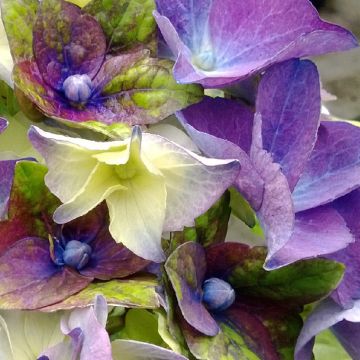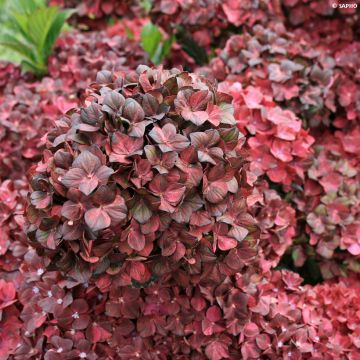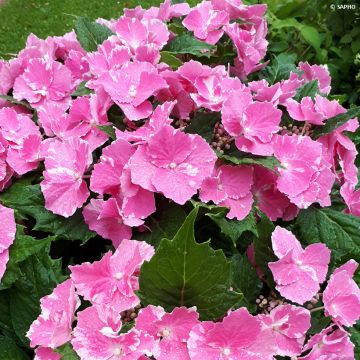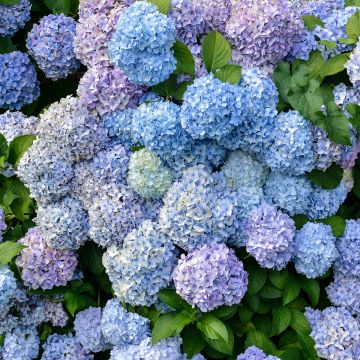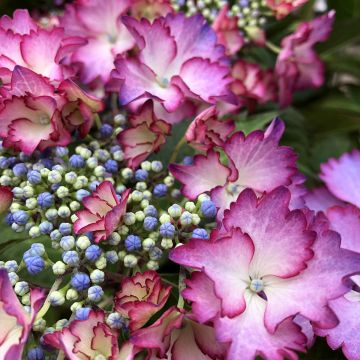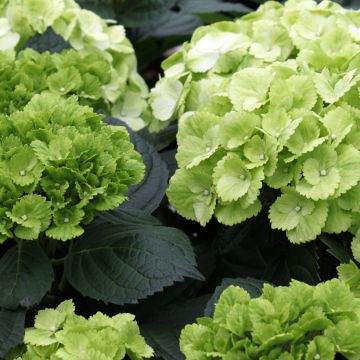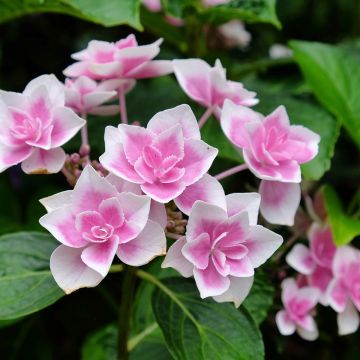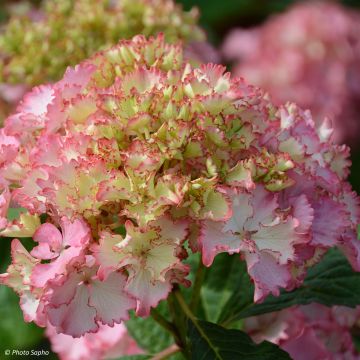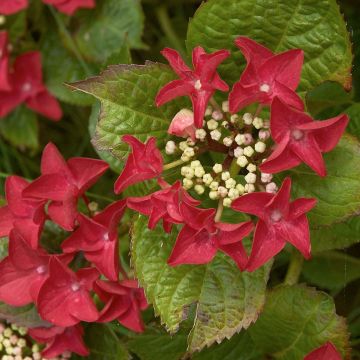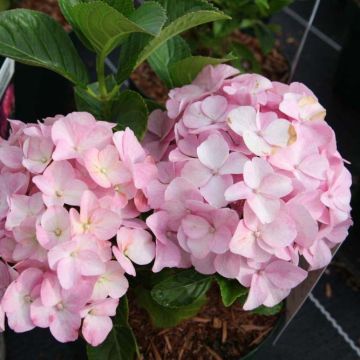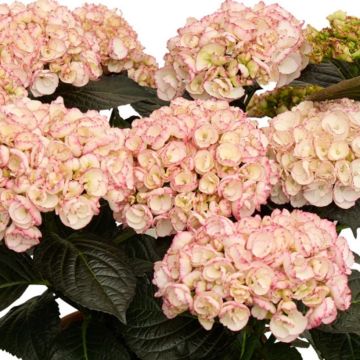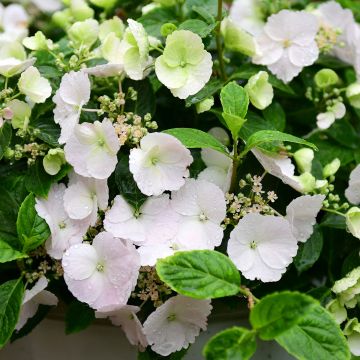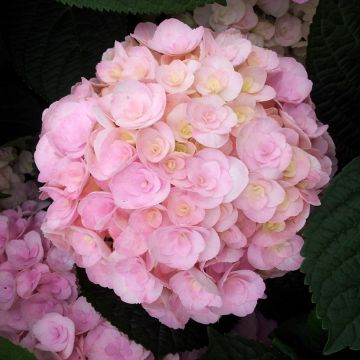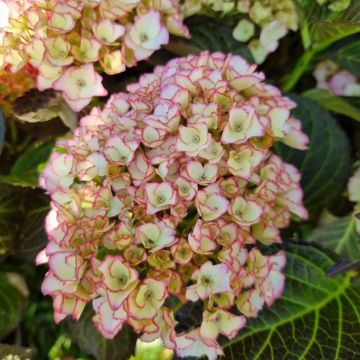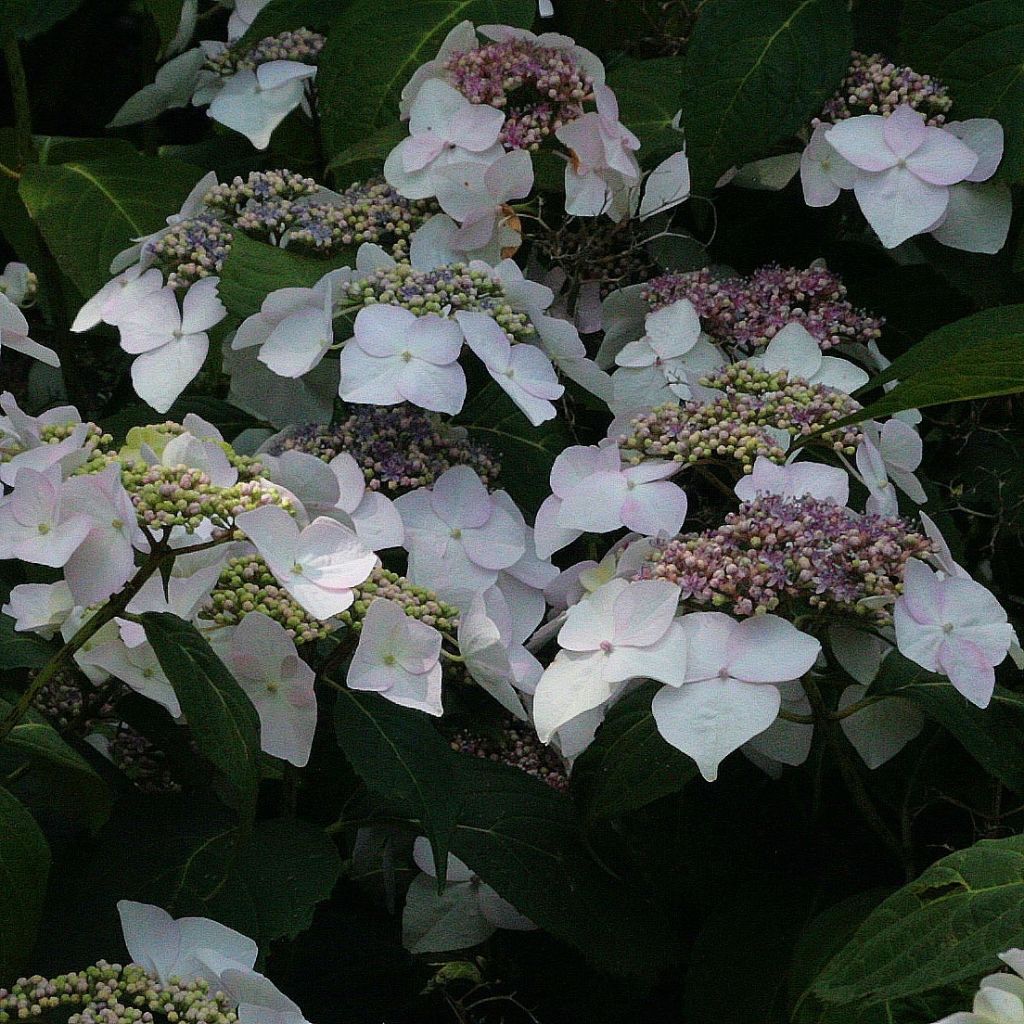

Hortensia - Hydrangea macrophylla Veitchii
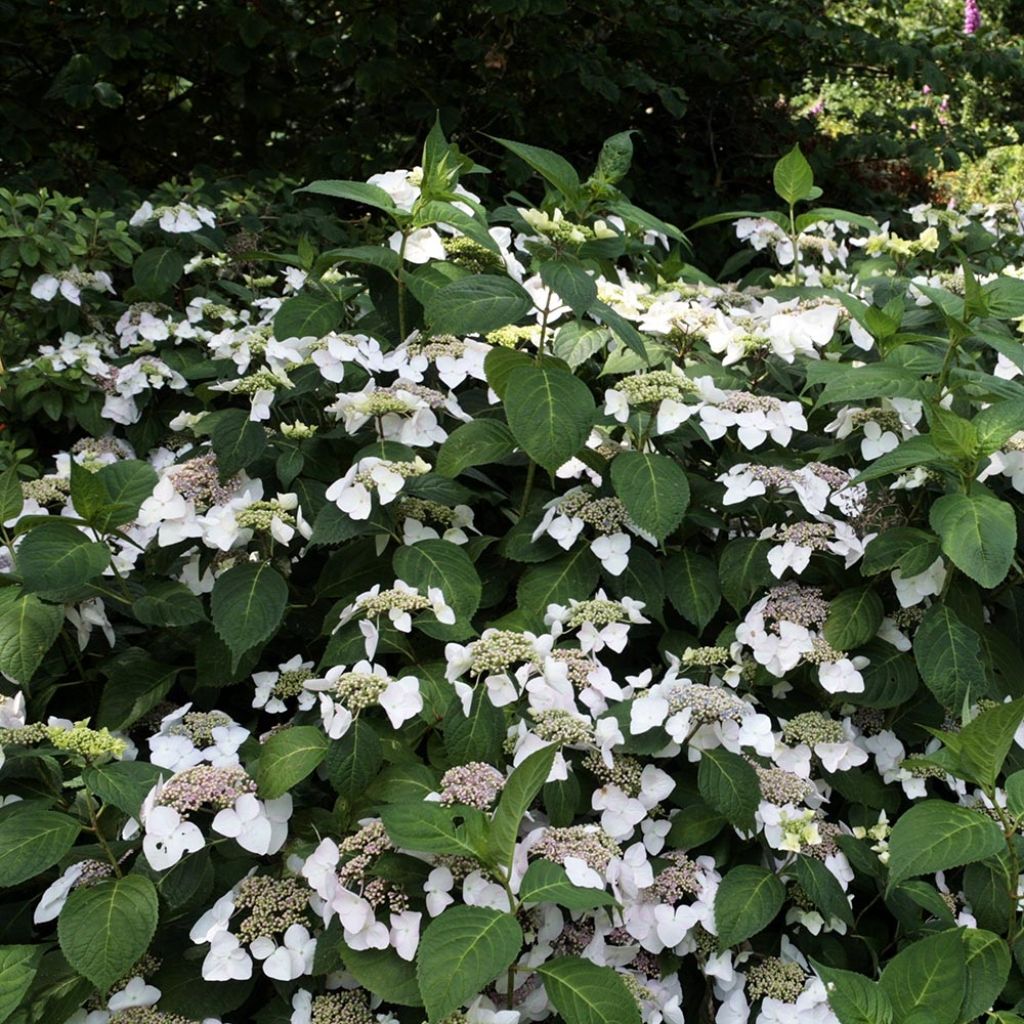

Hortensia - Hydrangea macrophylla Veitchii
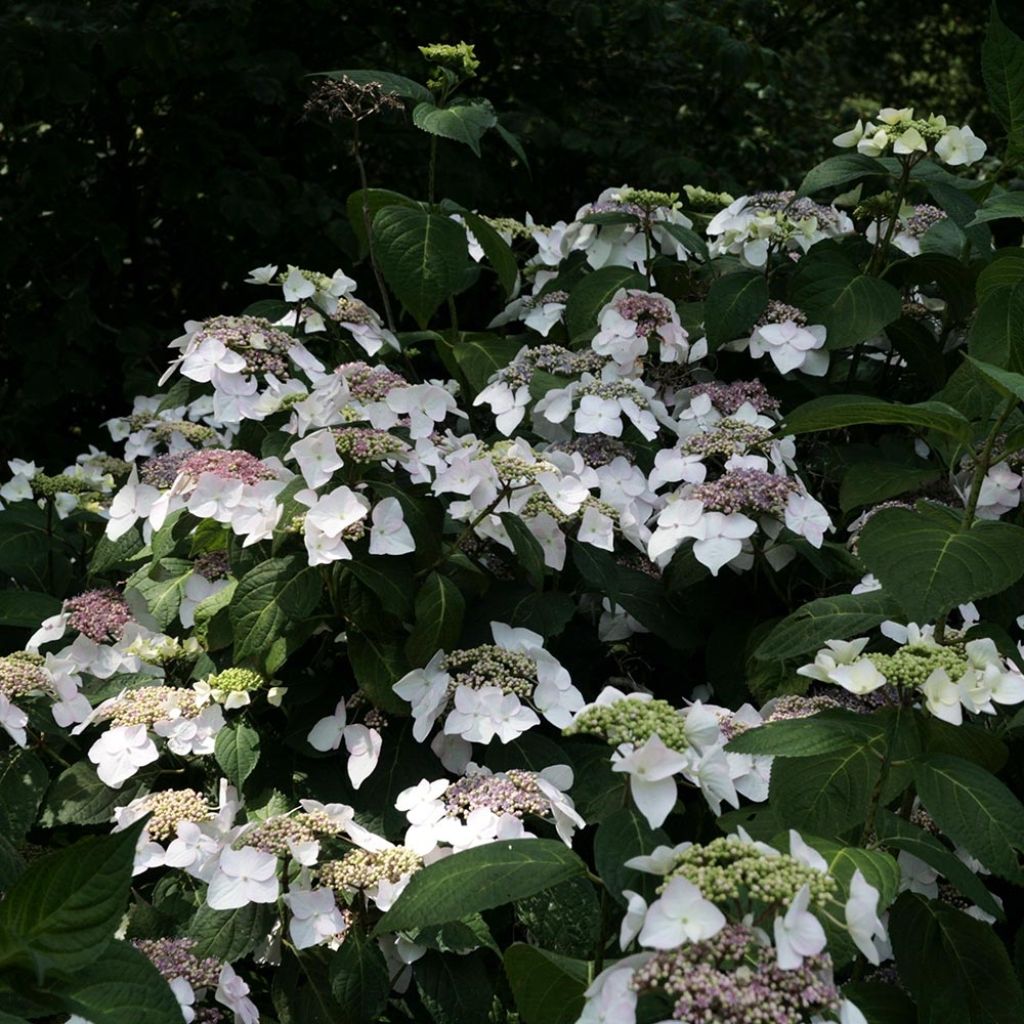

Hortensia - Hydrangea macrophylla Veitchii


Hortensia - Hydrangea macrophylla Veitchii
Hydrangea macrophylla Veitchii
Hydrangea macrophylla Veitchii
Bigleaf Hydrangea, French Hydrangea, Lacecap Hydrangea
Finally, I found the pruning but not in the usual box. Please accept my apologies.
Elisabeth, 16/12/2021
Special offer!
Receive a €20 voucher for any order over €90 (excluding delivery costs, credit notes, and plastic-free options)!
1- Add your favorite plants to your cart.
2- Once you have reached €90, confirm your order (you can even choose the delivery date!).
3- As soon as your order is shipped, you will receive an email containing your voucher code, valid for 3 months (90 days).
Your voucher is unique and can only be used once, for any order with a minimum value of €20, excluding delivery costs.
Can be combined with other current offers, non-divisible and non-refundable.
Why not try an alternative variety in stock?
View all →This plant carries a 24 months recovery warranty
More information
We guarantee the quality of our plants for a full growing cycle, and will replace at our expense any plant that fails to recover under normal climatic and planting conditions.


Would this plant suit my garden?
Set up your Plantfit profile →
Description
The Hydrangea macrophylla Veitchii is a botanical hydrangea introduced from Japan around 1880 by the English plant hunter Charles Maries and introduced by Veitch in 1903. A majestic bush, spreading and upright, it has beautifully sized white flower heads shaped like a lace bonnet, which remain decorative for a long time. The foliage of a dark green is sometimes marbled with white. It's a vigorous, hardy variety, ideally suited for shaded places that it illuminates, including cold regions.
The Hydrangea macrophylla Veitchii belongs to the Hydrangeaceae family. It's a bush with a relatively upright but flexible habit, spreading with rapid and vigorous growth. Eventually, it can reach or exceed 2 m (6 ft 7 in) in all directions under good growing conditions. The flowering extends from July to late September. It takes the form of flat flower heads measuring between 20 and 25 cm (7.9 and 9.8 in) wide. Each of these umbels consists of a crown of large sterile florets with 4 petals surrounding a large heart of fertile florets shaped like green buttons. The sterile florets change from white to purple-pink or brown-red at the periphery over time. The fertile florets open into tiny white flowers, sometimes bluish or pinkish depending on the soil, filled with powdery stamens. The deciduous foliage falls in autumn and reappears in spring. It consists of leaves reaching a minimum of fifteen centimetres in length. They are single, ovate to elliptical, ending in a sharp point, dentate, slightly velvety and traversed by prominent veins. Their colour is a beautiful dark green, sometimes marbled with white.
The Veitchii Hydrangea possesses the charm and robustness of a wild field of plants. Hydrangeas are well-known for brightening up the north side of houses. This superb variety is striking when planted alone, in borders and hedges. Even though these plants are not fond of limestone, hydrangeas are not strictly ericaceous bushes: they like rich, loose, non-limestone and fresh soils in summer. Pair them with magellanica fuchsias, annual impatiens or plant spring-flowering bulbs in front of their generous silhouette. Viburnums also make excellent companions.
Report an error about the product description
Hydrangea macrophylla Veitchii in pictures
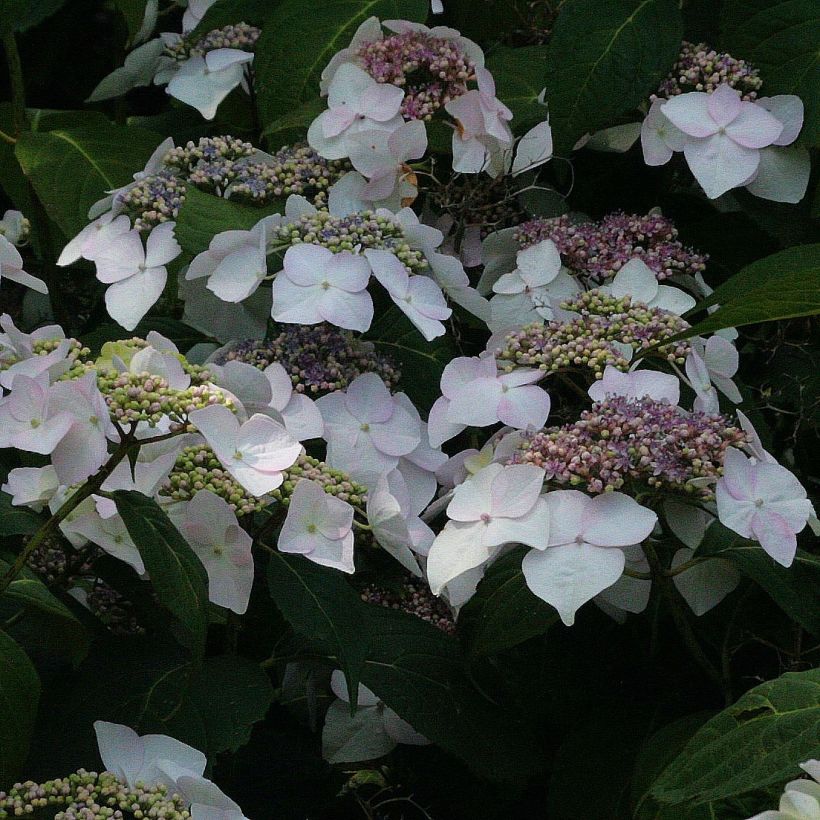

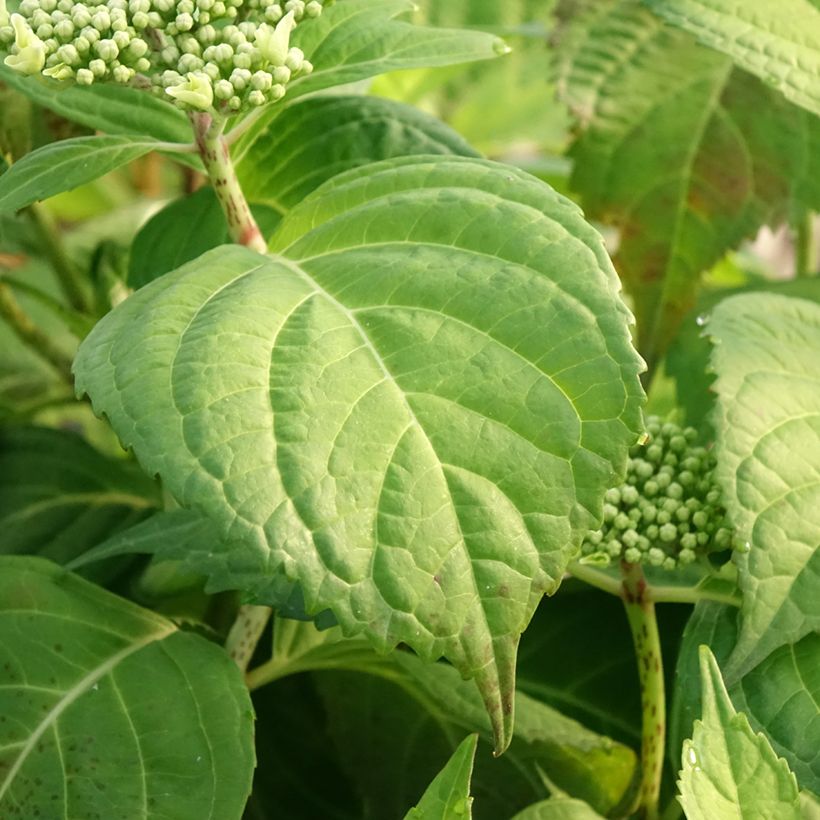

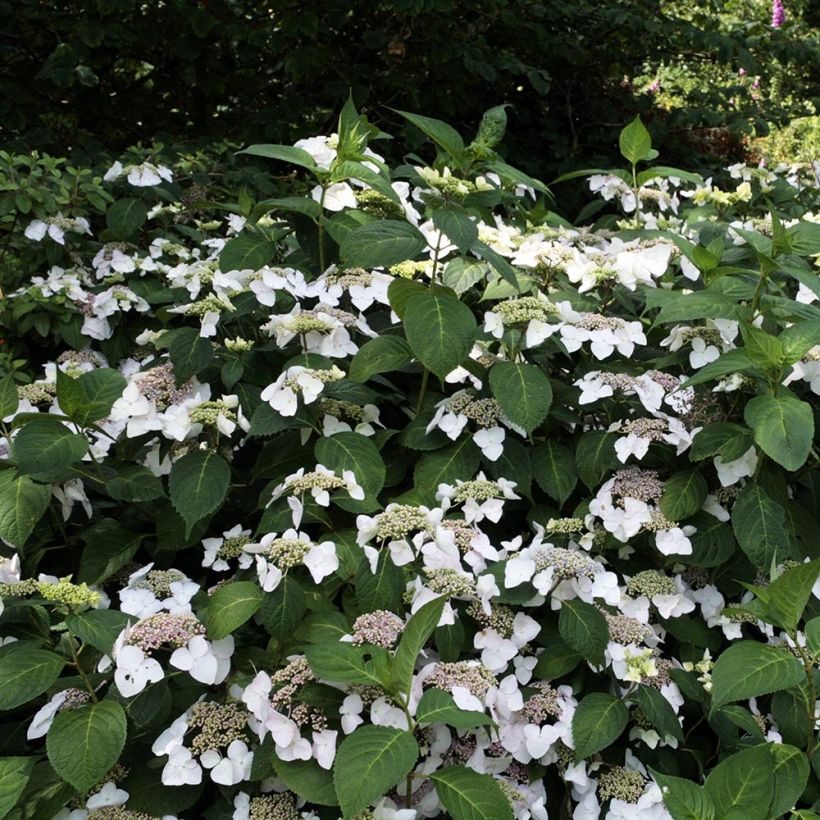

Plant habit
Flowering
Foliage
Botanical data
Hydrangea
macrophylla
Veitchii
Hydrangeaceae
Bigleaf Hydrangea, French Hydrangea, Lacecap Hydrangea
Southeast Asia
Other Hydrangea Macrophylla
View all →Planting and care
Hydrangea macrophylla plants thrive when positioned in a location with partial shade or, more precisely, an area with dappled sunlight instead of dense shade. They also require neutral to slightly acidic soil, characterised by its loose, nutrient-rich, and well-aerated qualities. When planting the hydrangea, ensure the soil has been well prepared and incorporate a suitable base fertiliser. This will provide essential nutrients for the young plant without the risk of overfeeding.
In cases where the soil tends to dry out quickly, it is advisable to blend a water-retaining agent like stockosorb into the soil while filling the planting hole and creating a reservoir for watering on the surface.
Towards the conclusion of the summer season, it is recommended not to prune the dry flower clusters, as they protect the terminal shoots of the branches during the winter months. Pruning of the dry flowers should be deferred until late February or the arrival of the first signs of favourable spring weather.
Planting period
Intended location
Care
-
, onOrder confirmed
Reply from on Promesse de fleurs
Haven't found what you were looking for?
Hardiness is the lowest winter temperature a plant can endure without suffering serious damage or even dying. However, hardiness is affected by location (a sheltered area, such as a patio), protection (winter cover) and soil type (hardiness is improved by well-drained soil).

Photo Sharing Terms & Conditions
In order to encourage gardeners to interact and share their experiences, Promesse de fleurs offers various media enabling content to be uploaded onto its Site - in particular via the ‘Photo sharing’ module.
The User agrees to refrain from:
- Posting any content that is illegal, prejudicial, insulting, racist, inciteful to hatred, revisionist, contrary to public decency, that infringes on privacy or on the privacy rights of third parties, in particular the publicity rights of persons and goods, intellectual property rights, or the right to privacy.
- Submitting content on behalf of a third party;
- Impersonate the identity of a third party and/or publish any personal information about a third party;
In general, the User undertakes to refrain from any unethical behaviour.
All Content (in particular text, comments, files, images, photos, videos, creative works, etc.), which may be subject to property or intellectual property rights, image or other private rights, shall remain the property of the User, subject to the limited rights granted by the terms of the licence granted by Promesse de fleurs as stated below. Users are at liberty to publish or not to publish such Content on the Site, notably via the ‘Photo Sharing’ facility, and accept that this Content shall be made public and freely accessible, notably on the Internet.
Users further acknowledge, undertake to have ,and guarantee that they hold all necessary rights and permissions to publish such material on the Site, in particular with regard to the legislation in force pertaining to any privacy, property, intellectual property, image, or contractual rights, or rights of any other nature. By publishing such Content on the Site, Users acknowledge accepting full liability as publishers of the Content within the meaning of the law, and grant Promesse de fleurs, free of charge, an inclusive, worldwide licence for the said Content for the entire duration of its publication, including all reproduction, representation, up/downloading, displaying, performing, transmission, and storage rights.
Users also grant permission for their name to be linked to the Content and accept that this link may not always be made available.
By engaging in posting material, Users consent to their Content becoming automatically accessible on the Internet, in particular on other sites and/or blogs and/or web pages of the Promesse de fleurs site, including in particular social pages and the Promesse de fleurs catalogue.
Users may secure the removal of entrusted content free of charge by issuing a simple request via our contact form.
The flowering period indicated on our website applies to countries and regions located in USDA zone 8 (France, the United Kingdom, Ireland, the Netherlands, etc.)
It will vary according to where you live:
- In zones 9 to 10 (Italy, Spain, Greece, etc.), flowering will occur about 2 to 4 weeks earlier.
- In zones 6 to 7 (Germany, Poland, Slovenia, and lower mountainous regions), flowering will be delayed by 2 to 3 weeks.
- In zone 5 (Central Europe, Scandinavia), blooming will be delayed by 3 to 5 weeks.
In temperate climates, pruning of spring-flowering shrubs (forsythia, spireas, etc.) should be done just after flowering.
Pruning of summer-flowering shrubs (Indian Lilac, Perovskia, etc.) can be done in winter or spring.
In cold regions as well as with frost-sensitive plants, avoid pruning too early when severe frosts may still occur.
The planting period indicated on our website applies to countries and regions located in USDA zone 8 (France, United Kingdom, Ireland, Netherlands).
It will vary according to where you live:
- In Mediterranean zones (Marseille, Madrid, Milan, etc.), autumn and winter are the best planting periods.
- In continental zones (Strasbourg, Munich, Vienna, etc.), delay planting by 2 to 3 weeks in spring and bring it forward by 2 to 4 weeks in autumn.
- In mountainous regions (the Alps, Pyrenees, Carpathians, etc.), it is best to plant in late spring (May-June) or late summer (August-September).
The harvesting period indicated on our website applies to countries and regions in USDA zone 8 (France, England, Ireland, the Netherlands).
In colder areas (Scandinavia, Poland, Austria...) fruit and vegetable harvests are likely to be delayed by 3-4 weeks.
In warmer areas (Italy, Spain, Greece, etc.), harvesting will probably take place earlier, depending on weather conditions.
The sowing periods indicated on our website apply to countries and regions within USDA Zone 8 (France, UK, Ireland, Netherlands).
In colder areas (Scandinavia, Poland, Austria...), delay any outdoor sowing by 3-4 weeks, or sow under glass.
In warmer climes (Italy, Spain, Greece, etc.), bring outdoor sowing forward by a few weeks.































